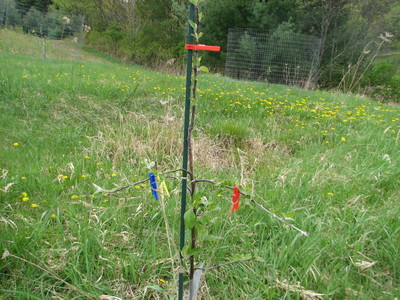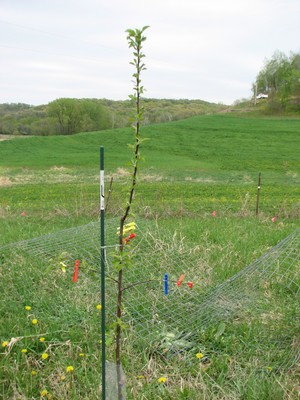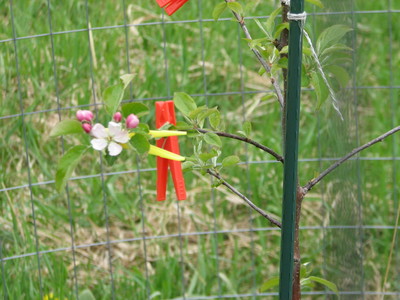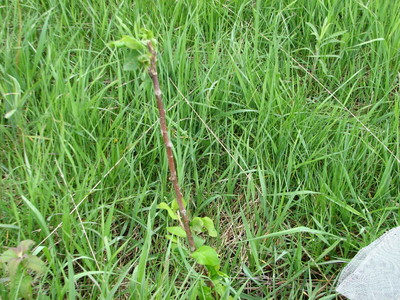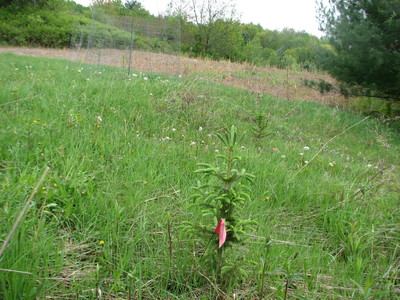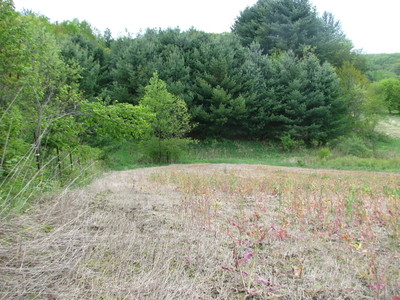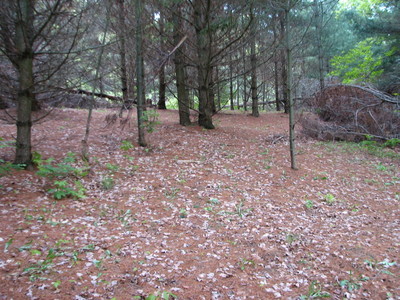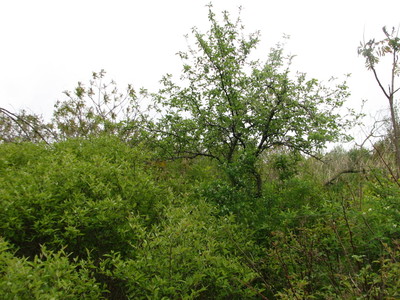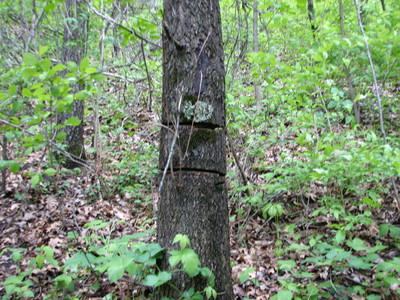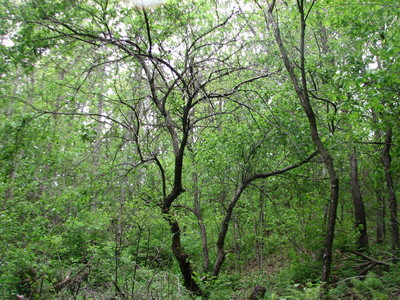I did some spraying around my trees the other day and brought the camera along to show you fellas some of the work I’ve done on my property.
I have approx. 4-5 acres of bottom ground that was a total monoculture of cool season grasses when I bought the property. The first fall that I owned it I mowed and then sprayed 1 1/2 ac. to prep for a spring tree planting. In the spring I received 1,000 trees from the DNR and managed to get them in the ground within 5 days of picking them up.
I chose White spruce for higher ground, black spruce and white cedar for the wetter areas. Here’s a picture of the bottom ground(right hand side was planted in 08′, left hand side of bottom planted in 2010), trees(white cedar & black spruce in geopardy of being taken over by grasses), and the bucket method of spraying to eliminate competition. Pretty crude but it gets the job done. I use a 9$ pump sprayer from wally world, place it in my backpack, put the bucket over the tree and spray competing grasses with 4% glyphosate.
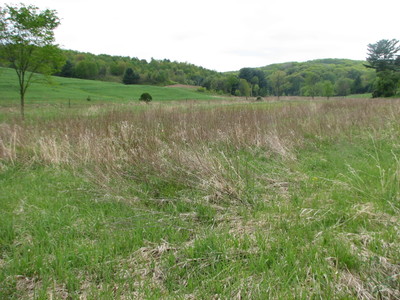

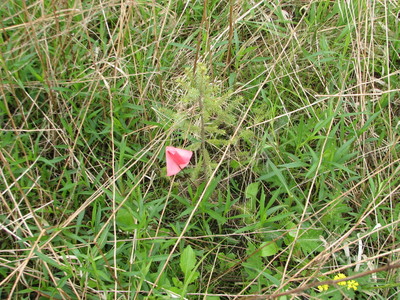

May 15, 2010 at 4:34 am
#204351
